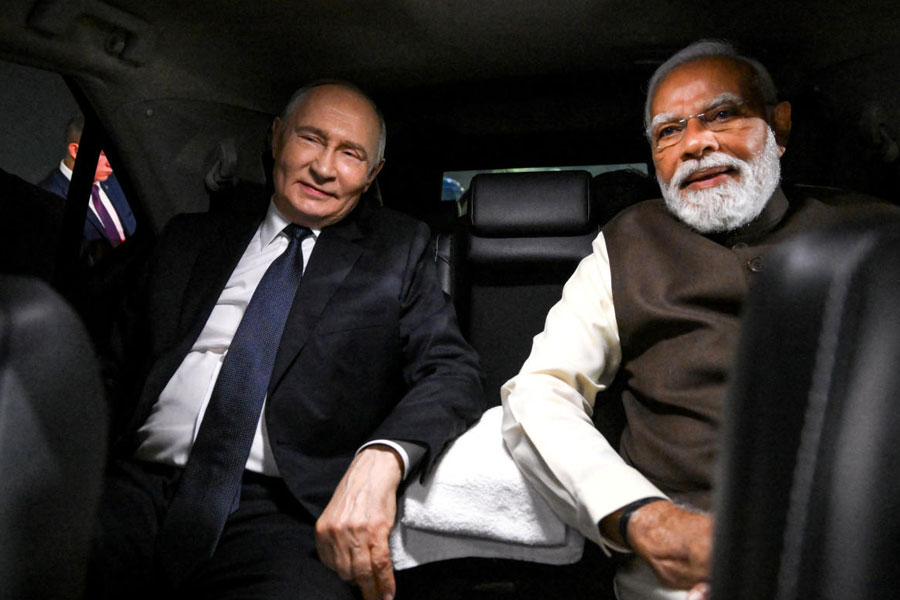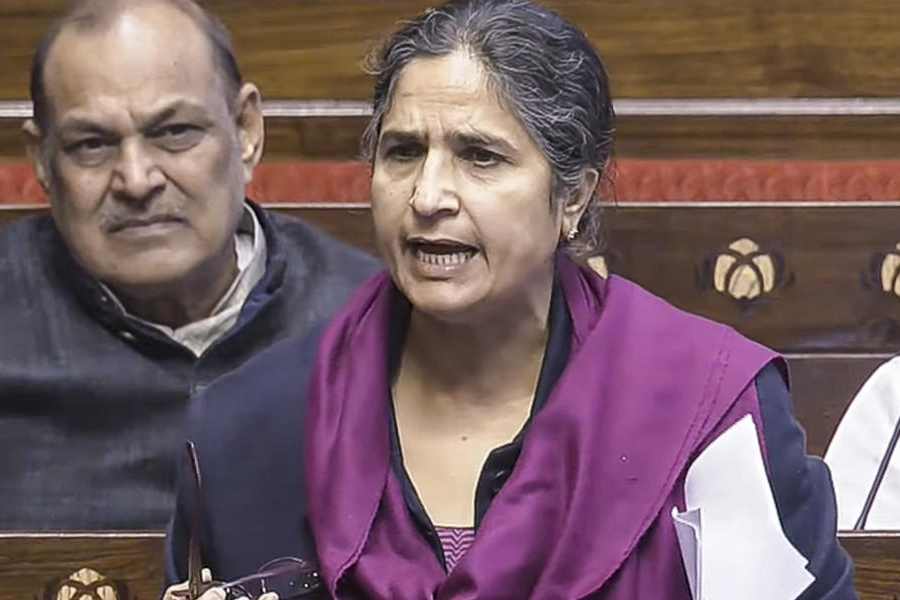In October, the month of festivities this year, the average credit card spend was higher than the average debit card ATM withdrawal. This isn’t unusual. But there are stronger factors contributing to a stagnation in cash withdrawals at ATMs — and a corresponding rise in all other modes of spending.
When it comes to payments, the thing consumers want most is convenience. Cashbacks and rewards are useful. But convenience takes precedence
In the 2021 Diwali month, the average debit card ATM withdrawal was Rs 4,788. In 2022, it is Rs 4,763. It has been at these levels since 2020, before which it had been rising steadily. Now, with daily needs, cash is cumbersome. UPI is ubiquitous. Everyone from supermarkets to a roadside vendor accepts it. There’s a much lesser need to make a monthly trip to the ATM. Cash withdrawals are anyway capped at Rs 20,000 for many banks, and scrounging for change is history.
Credit card trends are even more interesting — a sign of India accelerating towards credit maturity.
In October 2021, there were 6.63 crore credit cards in circulation. A year later, the number is up sharply to 7.93 crore. The average credit card transaction in the 2021 Diwali month was Rs 4,436. The very next Diwali, it jumped up sharply to Rs. 5049. What’s driving these trends in digital spends?
UPI trends
UPI is now an Indian fintech success story. In October 2021, it moved Rs 7.71 trillion over 4.2 billion transactions at an average of Rs 1,828 per transaction. A year later, these numbers jumped up to Rs 12.1 trillion and 7.3 billion transactions, though the average had come down to Rs 1,658.
Small transactions such as grocery purchases have moved rapidly to UPI in the pandemic.
The need for convenience is also seen. Many payment apps launched and promoted themselves with cashback some years back. Now, there’s no cashback. But UPI usage is getting stronger. It’s much easier for consumers to pay through their phones than carry loose change around.
The key thing here is that consumer habits are altering. Spends are being increasingly digitised — even for the smallest things that we’d normally walk to the nearest store for before the pandemic. Cash withdrawals are broadly flat. The number of debit card ATM withdrawals has remained around 600 million, October on October.
In the same period, the number of digital retail payments jumped from 6.6 billion to 9.8 billion transactions. This is a humongous leap by any stretch of imagination. Of those 9.8 billion, 73 per cent were UPI alone. Credit cards held a 2.5 per cent share while debit cards were at 2.9 per cent.
Credit card spending
Innovations in credit cards have made them more attractive to consumers. Take no-cost EMIs. They give consumers the convenience of instant electronic purchases through small, monthly payments. It’s effectively a BNPL loaded on your credit card at no cost. This trend is unique to India. It is becoming a driver of credit card use.
Apart from online spends for shopping, credit cards have also allowed consumers to pay their rent or their children’s school fees. Consumers wanted flexibility with these payments. Banks have obliged.
In many schools, a one-time annual payment leads to a useful discount.
That payment, split into 12 EMIs, helps consumers keep their finances balanced.
Therefore, now there are many more incentives for people to use their credit cards.
While UPI helps them with small purchases, credit cards aid mid-sized transactions, travel, electronic purchases etc. Therefore, these cards are being used. They no longer sit idly in wallets. October on October, the number of credit card transactions have moved up from 215 million to 256 million, with the money moved increasing from Rs 1 trillion to Rs 1.29 trillion.
Credit pattern
We see this is an interesting period in retail credit. We’ve had six months of consecutive policy rate hikes. The repo rate has quickly risen from 4.00 to 6.25 since May. The cost of funds has increased. But this has yet to slow down retail credit. The demand for all retail personal loans grew 20.2 per cent between October 2021 and October 2022 to Rs 37.7 trillion.
Home loans account for nearly half of this category at Rs 18.2 trillion. And despite the steep rate hikes, this category grew 16.2 per cent, with much of this growth coming after March.
Credit card outstandings grew at 28 per cent, and the biggest growing category was consumer durables loans at 57 per cent. Personal and vehicles loans also grew 20-plus per cent each. Of course, much of the shortterm unsecured debt is now being sold, availed, and repaid digitally. And while it is premature to say cash is history, the numbers tell their own story.
The writer is CEO, BankBazaar.com











